Aviation
We explored the aviation domain due to its critical focus on safety, precision, and rapid response. From ground operations to in-flight emergencies, aviation professionals face high-stakes challenges where design innovations can significantly enhance reliability and preparedness.
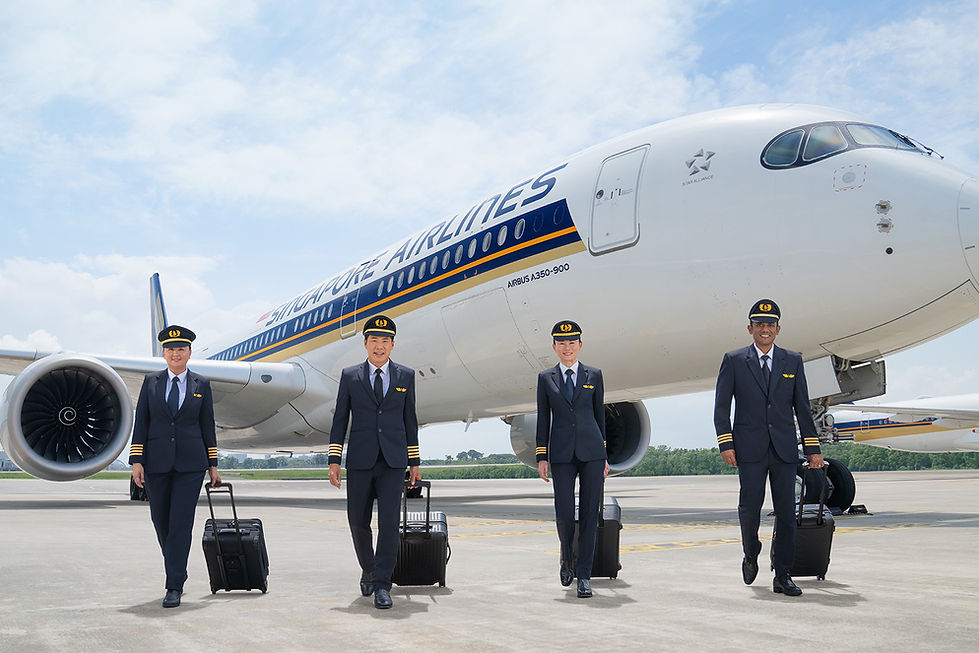
1.Domain Analysis
We began by building foundational knowledge understanding key terminology, context, and existing practices within the domain. This ensured that we shared a common language with stakeholders and could engage meaningfully without misunderstanding technical terms.
What is Aviation?
Aviation refers to the science, design, operation, and use of aircraft particularly heavier-than-air machines like airplanes and helicopters. It encompasses everything related to air travel and transport, including:
Key Areas of Aviation:
-
Commercial Aviation: Passenger and cargo flights (e.g., airlines).
-
Military Aviation: Use of aircraft by armed forces.
-
General Aviation: Private flying, recreational flying, flight training, medical transport, etc.
-
Air Traffic Control (ATC): Managing aircraft in airspace and on runways.
-
Aerospace Engineering: Designing and maintaining aircraft systems.
-
Airport Operations: Ground handling, logistics, security, and maintenance.
Core Concepts:
-
Safety & Emergency Procedures – Cabin crew are primarily responsible for passenger safety, not just service.
-
Standard Operating Procedures (SOPs) – Prescribed procedures for boarding, in-flight service, turbulence, emergencies, etc.
-
Crew Resource Management (CRM) – Training and practice around teamwork, communication, and decision-making during flights.
-
Service Protocol – Structured approach to meal service, passenger requests, and problem handling.
-
Turnaround Time – Time between a plane's landing and its next departure, with cabin crew involved in cleaning, safety checks, etc.
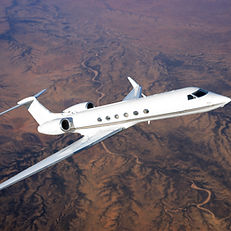
Common Pain Points / Issues:
-
Irregular schedules and fatigue
-
Passenger conflict or non-compliance
-
Emotional labor and stress from difficult passengers
-
Limited time for rest between flights
-
Adapting to cultural differences in global flights
-
Manual checks and repetitive tasks
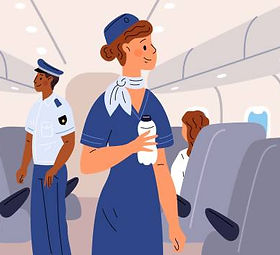
2.Stakeholder Interview
We conducted open-ended, non-leading interviews with domain experts to learn about their standard operating procedures (SOPs) and the challenges they face. This step helped us uncover real-world pain points without introducing bias.
Audrey Alexi, SIA Cabin Crew
1.What does a typical day on the job look like for you? Like, on a regular flight,not a special event or emergency situation. What kind of things do you usually find yourself doing the most?
-
pre flight:
-
reporting for flight,
-
crew briefing,
-
pre boarding duties,
-
boarding the passengers
-
-
in flight:
-
preparing for take off
-
drink service
-
meal service
-
preparing for landing
-
-
landing:
-
post flight duties
-
2. What is the most challenging part of this routine?
The most challenging part about flying is the constant jetlag and being away from home, which makes it difficult to plan or be present for special occasions. In-flight duties are already taxing, but this lifestyle element is especially tough.
3. Are there any tasks you feel could be made more efficient?
-
Yes, especially meal ordering in business class – we still take orders manually with pen and paper.
-
During long flights, there’s a “lull period” after meal service.
-
If passengers are awake, they press the call bell frequently for drinks, snacks, blankets, etc., which becomes overwhelming.
-
There’s little rest for us during this time.
-
4.What do passengers typically request when they press the call bell during the lull period?
Mostly food, drinks, snacks, blankets, and other small comforts.
5.Can passengers place their meal orders online before the flight? What are the handwritten ones for?
-
Some special meals (e.g., Hindu, Muslim meals) can be pre-ordered, usually for economy.
-
In business class, we offer personalised service, so we still take meal orders onboard by hand, even if some meals were pre-ordered.
6.What are your thoughts on upgrading the food cart to send items autonomously during lull periods?
-
That could be useful, especially in economy class where service is less personalised.
-
In business class, personalised service is expected, so it might not be suitable there.
-
For economy, it could help reduce repetitive tasks and allow crew to rest or handle more complex needs.
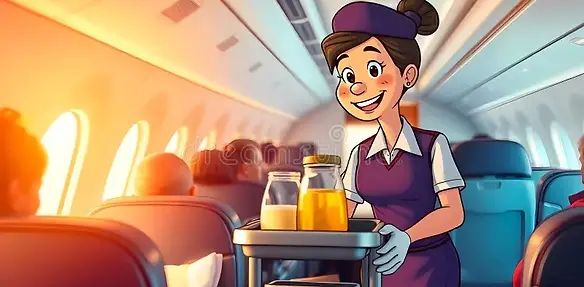
3.Need Formation
Using insights from interviews, we synthesized preliminary user needs.
Identified Needs
Identified Needs:
-
Efficient Communication Among Crew Members
-
Real-Time Monitoring of Crew Behavior and Fatigue
-
Enhanced Training and Evaluation of Non-Technical Skills
-
Streamlined Access to Flight and Duty Information
4.Market Survey
We explored the current market to check if existing solutions addressed these needs or left gaps our solution could fill.
Existing Options:
RosterBuster Crew App:
-
Description: A mobile application that provides airline crew with detailed duty rosters and flight information.
-
Features:
-
In-depth duty roster details
-
Gate information and 3D airport views
-
In-app chat for crew communication
-
Link to Need: Facilitates streamlined access to flight and duty information, enhancing operational efficiency.
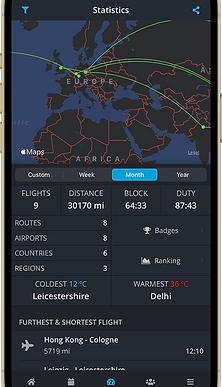
Fatigue Monitoring Wearables:
-
Description: Wearable devices developed in collaboration with aerospace companies to monitor pilot fatigue levels.
-
Features:
-
Tracking of sleep patterns and circadian rhythms
-
Real-time fatigue alerts
-
Integration with flight scheduling systems
-
Link to Need: Addresses the need for real-time monitoring of crew behavior and fatigue, enhancing safety.
.jpg)
Although we uncovered meaningful opportunities to improve cabin crew workflows such as digitising meal ordering or automating repetitive tasks during lull periods we ultimately chose not to proceed with this domain. The aviation industry is highly regulated and deeply rooted in traditional service standards, especially in business class where personalised experiences are expected. Additionally, validating ideas with real stakeholders proved difficult due to strict access protocols and privacy limitations. These constraints made it challenging to develop and test solutions effectively, leading us to pivot toward more accessible domains.